Calf pairing: What are the advantages?
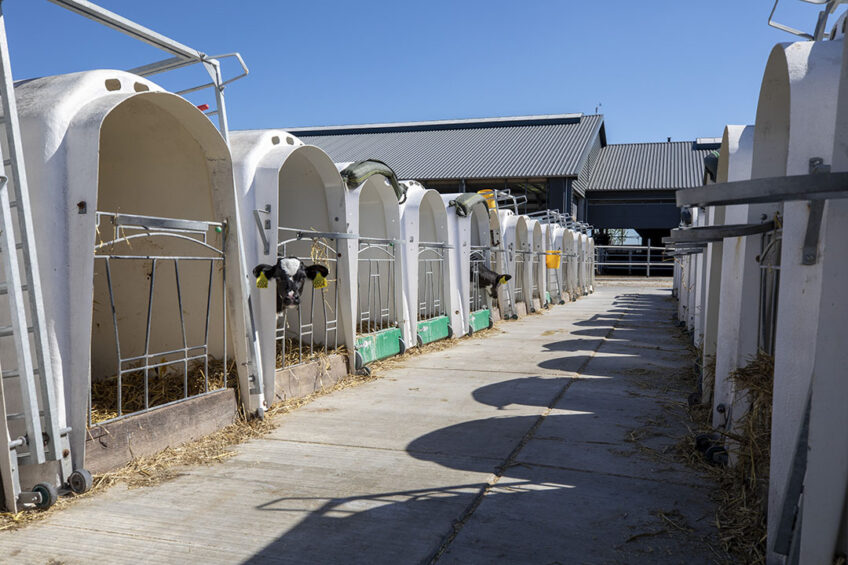
When it comes to calves, what are the benefits of pairing up and how successful have producers been when raising dairy calves in pairs or groups? According to recent research, there are many advantages.
Over the past few years, the majority of calves in the US and Canada have been housed singly before weaning. According to a recent report, however, an increasing number of producers have recently been successfully raising dairy calves in pairs or groups.

Research has shown that pairs and small groups, when managed well, can provide clear benefits. Housing milk-fed calves with at least one social partner can result in triple-wins for animal welfare, calf growth performance, and consumer perception – all of which are important for the vitality and sustainability of the dairy industry.
Benefits for the calf
Companionship for calves can have a positive impact: they learn to play well with others of their kind. It is however important to maintain per-calf space allowance, meaning an increase in total space for pairs or groups. This larger space allows calves to show a wider range of natural behaviors, including playing. Having social contact early in life helps them learn appropriate social interactions and also improves their other learning abilities.
How to rear healthy youngstock
Healthy youngstock paves the way for a healthy herd later on. It is therefore imperative to ensure strong bones, muscles, legs and hooves. The first 3 days the calf should have colostrum to take up antibodies – the quicker this happens, the better. Hygiene is a major factor when it comes to healthy calves, but what are the main points to consider? Find out more…
Calves raised in social groups show flexibility and adaptability to change, including a better willingness to try new feeds such as hay and TMR. This translates into improved resilience to stress and less bellowing during weaning. When regrouped after weaning, they start feeding sooner and do not show the same growth check that individually raised calves commonly do.
Across a dozen studies, calves raised in pairs or small groups have outperformed single calves in one or more ways. Performance advantages were especially apparent for calves fed higher milk or replacer allowances (such as 8 quarts/day or more at the peak).
- Solid feed intake: by 1/4 to 1 pound per day pre-weaning and 3/4 to 2.5 pounds per day post-weaning
- Body weight at weaning: by 5 to 9 pounds
- Average daily gain: by ¼ pound
Pair or group housing options
Social housing can be done in many ways, either in a calf barn or outdoors in hutches or super hutches. Oftentimes people picture ‘group housing’ to mean large group pens with automatic milk feeders. Indeed, about a third of producers in our sample who group house use auto-feeders. The most common method, however, was housing calves in pairs or groups in a barn and feeding them manually, either with mob feeders or with individual bottles or buckets. Interestingly, 1 in 5 producers using pairs or groups house their calves outdoors, either with ‘super hutches’ or by connecting individual hutches. For producers who currently use outdoor hutches, connecting pairs of existing hutches allows them a way to dip their toes into pair housing without a substantial investment in new housing infrastructure or a major change to their management style.
Source: Calf-Tel, for the full article, click here.
Authors: Jennifer Van Os, assistant professor and extension specialist in animal welfare; Rekia Salter, masters student in Dairy Science; Kim Reuscher, PhD student in Dairy Science, Department of Animal and Dairy Sciences, University of Wisconsin-Madison
Join 13,000+ subscribers
Subscribe to our newsletter to stay updated about all the need-to-know content in the dairy sector, two times a week.
 Beheer
Beheer

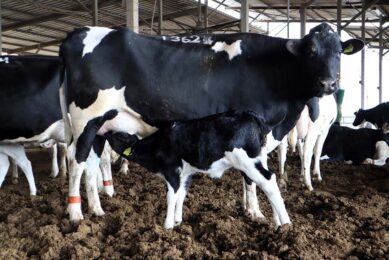
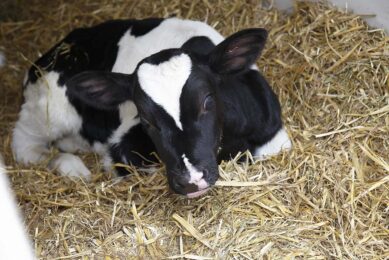
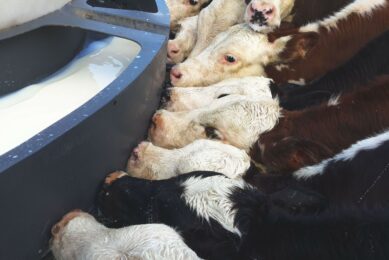
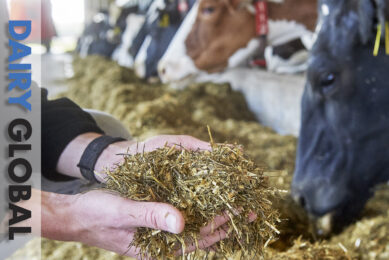
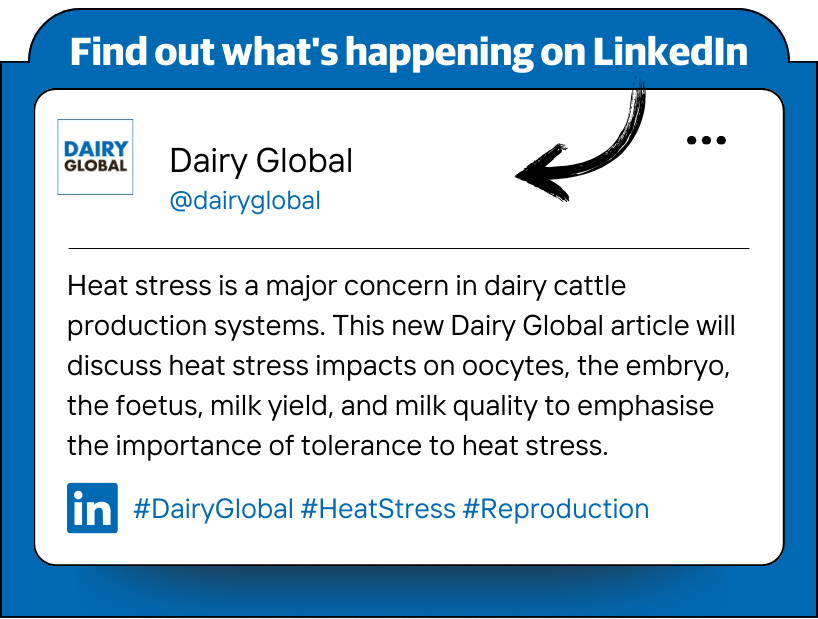



 WP Admin
WP Admin  Bewerk bericht
Bewerk bericht